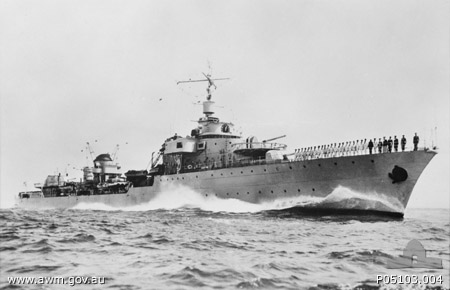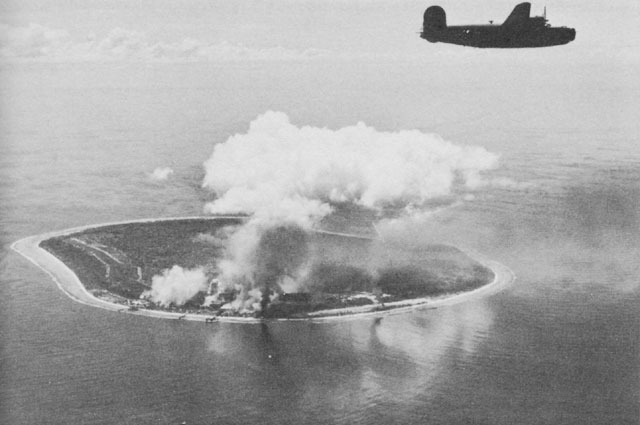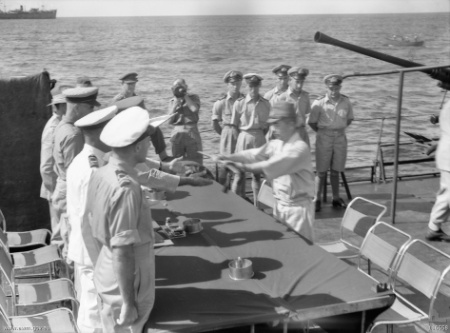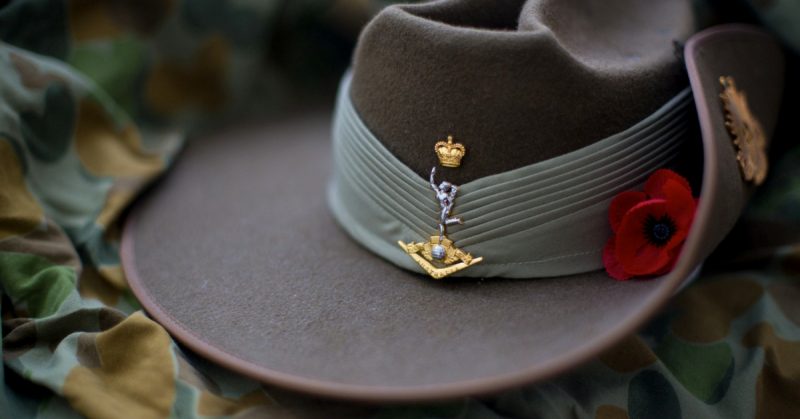The remains of five Australians who were murdered by the Japanese in World War II appear to have been discovered on the island of Nauru.
The five men were working as civilians on the island in 1943, not soldiers, so there is, unfortunately, no money available to repatriate them.
Frederick Royden Chalmers volunteered to remain on the island along with four other men in order to help the islanders deal with the Japanese invasion they knew was coming.
Chalmers was 62 years old when he was killed. The other four men were Bernard Quin, 48, Wilfred Shugg, 39, William Doyle, 47, and Frederick Harmer, 44. They were captured by the invading forces and eventually dragged onto the beach where they were killed on March 25, 1943.
The family of Chalmers wants his body returned to Australia. The Unrecovered War Casualties Unit of the Australian Army Defence Force and the Department of Foreign Affairs both claim to be unauthorized to bring the remains of the men back home.

According to a spokesperson for DFAT, the survey conducted by the Defence Force was inconclusive. The likely location of the site was discovered, but the evidence that the remains belonged to the five men in question was not considered reliable.
The spokesperson went on to say that the only way they could conclusively determine the identity of the remains would be to excavate the graves. The expense of such an operation would be between $37,750 and $113,250.
Extent Heritage, an organization that provides archaeological advice in Australia and the Asia Pacific, says that they could perform the excavations for only $26,500. An unknown contributor has offered to pay a third of that cost.
But those costs do not include DNA testing and other work required to get a positive ID on the remains.

Tasmanian independent MP Mr. Wilkie has come out in support of bringing the remains back to Australia. He claims that he has gone to the government several times to get them to help bring the men home.
Nauru was discovered in 1798 by Captain John Fearn of Britain. In an agreement with the Germans, control was passed to Germany in 1886. In 1900, phosphate was discovered on the island. Phosphate is an important ingredient in munitions.
After Germany was defeated in World War I, the island was taken away from them. In 1923, the United Nations gave Australia a trustee mandate over the island.
In December of 1940, during World War II, the Germans attacked the island’s mining facilities, oil storage, and loading crane. Then, in 1942, the Japanese captured the island and built an airbase on it.

The US began bombing the island on March 25, 1943. During the bombing, a Japanese officer lined up the five Australians and decapitated them one by one with a sword. After the war, the Japanese stated that the five men were being transported to a different house when their truck was hit by an American bomb, killing the five Australians and their Japanese guards. The bodies were buried, but the gravesite was hit by another American bomb, so there were no bodies to recover.
The Japanese officer confessed to the killings after he heard testimony from native islanders who had witnessed the murders. The officer was convicted and hanged for his crime.
There are other recorded atrocities committed by the Japanese on Nauru during the war. These include torture, rape, sexual slavery, poor treatment of PoWs and medical experiments on prisoners. A third of the island’s population, about 1200 people, were deported to Truk to work as slave laborers. Nearly 500 of those deported would not survive to the end of the war.
On September 13, 1945, the Japanese surrendered to the Australians.
After the war, the island was governed by a UN trusteeship until 1968. At that time, the island was declared to be an independent republic.
